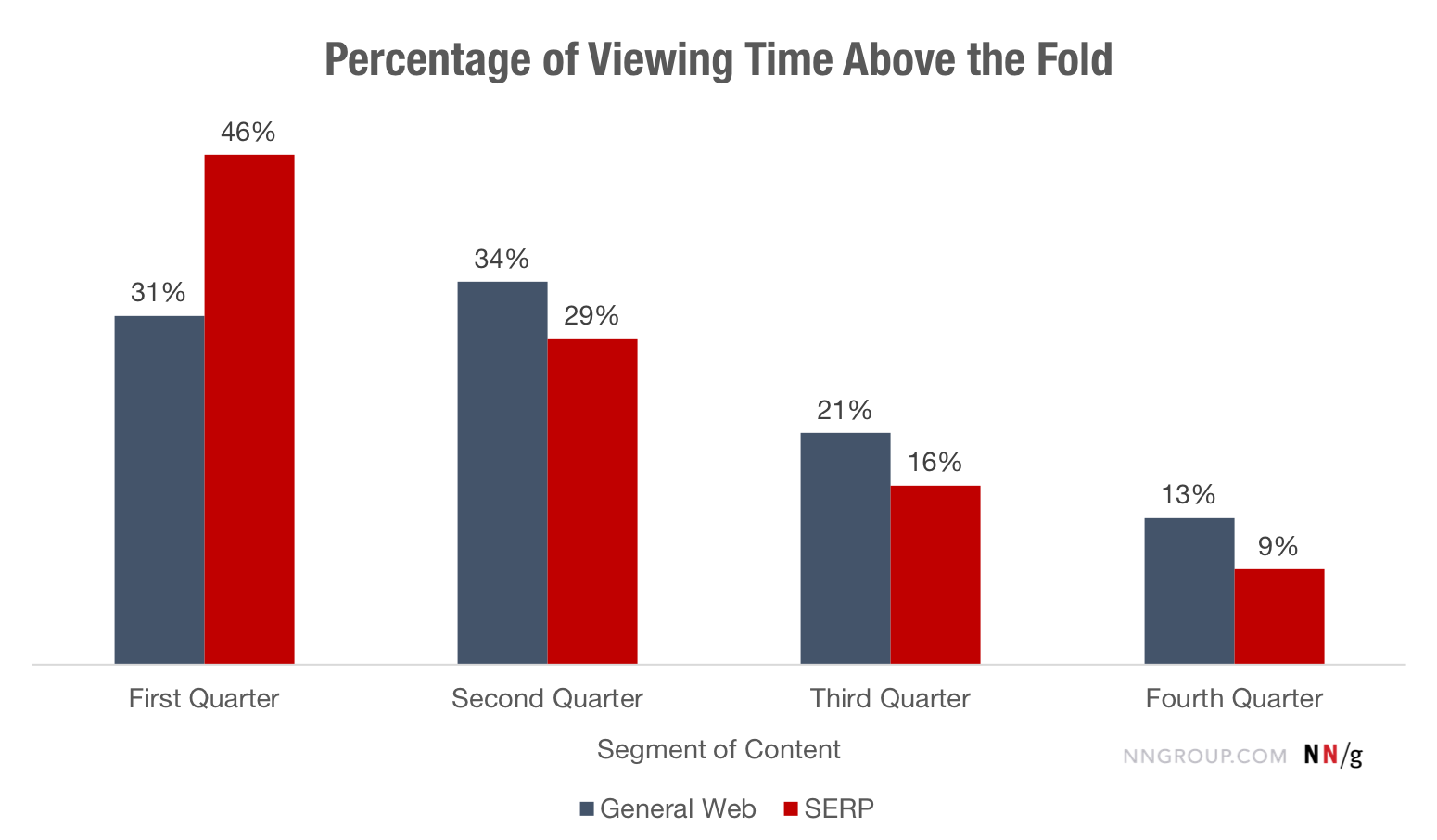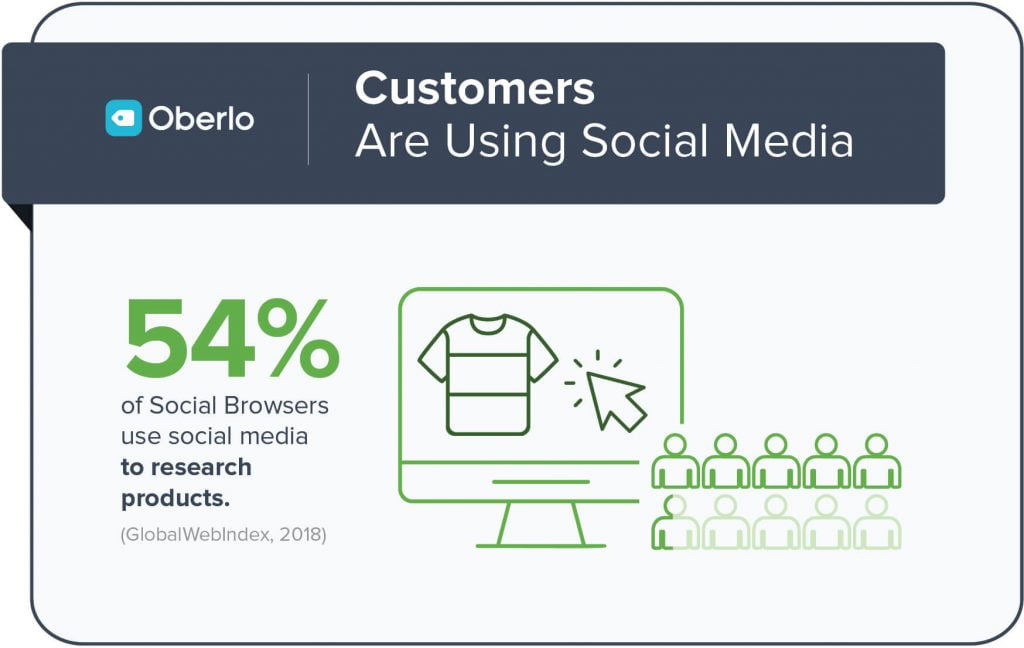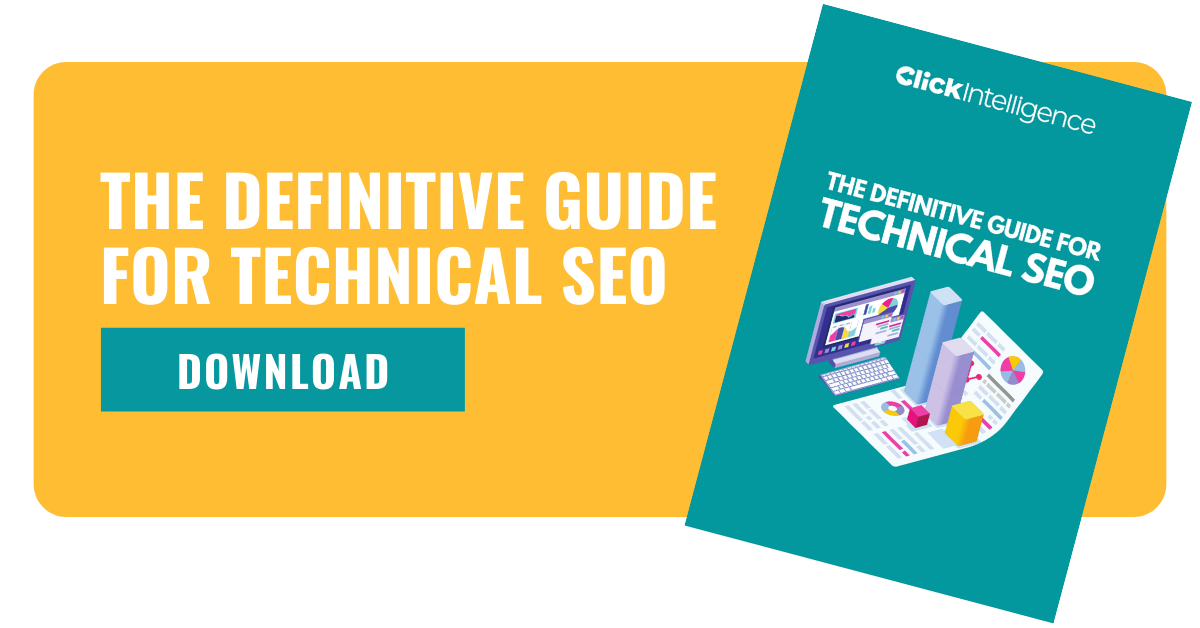9 Steps To Create A High-Impact SEO Strategy
When you search for anything on Google, you will be met with a list of…
Say to an experienced digital marketer ‘landing page,’ and they will all tell you the same: it is one of the most effective promotional methods for high conversionA conversion is a desirable result on a website that leads to an action such as completing an order, filling out a form, or simply clicking on a link. rates. Yet when you’re a newcomer to the world of digital marketing, you will be bombarded by new concepts and unfamiliar vocabulary. SEO, lead generation, backlinks, and so on.
With so much to consider, it can be easy to overlook landing pages and work out how they’ll fit into your digital marketing strategy. The following guide will explain the importance of a landing page and how to successfully create one for your business. So, if you’re wondering what a landing page is and how it works, you have landed in the right place.
What is a landing page on a website? What is the purpose of a landing page? What is a good landing page? These are all common questions asked by newcomers to this type of website content.
As for a landing page definition, it can be summed up as a standalone page that is separate from any other on your website. Unlike standard webpages, which encourage exploration across a site and usually have many goals, a landing page is created with one focus in mind. This is known in marketing as a call to action.
This centralized focus spotlights the importance of landing page content when boosting your marketing campaign’s conversion rates. As for what is a landing page used for in terms of conversions, here are a few common examples:
Regardless of the option chosen, they all have the aim of achieving the same goal: to turn a website visitor into a paying customer. Some are more direct in their intention to land a sale, while others generate leads by collecting a person’s personal information – a key component for any company’s sales funnel.
You might now know what landing pages are and why they are important, but that’s only the start. You have to understand what elements are required to put together a great landing page, one which registers a low average bounce rateBounce rate is the percentage of visitors to a website who visit only one page. A high bounce rate indicates that visitors are not satisfied with your website. and turns into an effective lead generation page.
Below we’ll talk about the five key aspects necessary for the landing page design:
What is a marketing landing page without an immaculate slice of above the foldAbove the fold refers to the visible portion of a webpage. Above the fold content is what a user sees without scrolling and has a greater chance of being read or clicked. content? For the uninitiated, “above the fold” in marketing terms describes the content which sits within the landing page’s top 600 pixels approximately. This means your content is the first element visitors see when they visit your page.
As it is the immediate thing that will grab a user’s attention, you need to get it right. No excuses. It’s what will draw potential customers into exploring the rest of the landing page. To ensure your fold content is compelling for readers, here are three common content options:
You may also decide to insert a benefit summary within your fold content. However, the above three points are generally all that’s needed to reduce your bounce rate and keep people interested.

It’s true: a call to action is often included above the fold. Yet when you factor in the importance of the CTA, which is the prompt for readers to act based on the content of your landing page, it’s vital you get this aspect right.
For any CTA to work, you need to be certain of what you want visitors to ultimately do on your landing page. The lack of intent means you can end up with multiple conflicting CTAs, or it might even lead to no CTA being featured. Neither situation is good.
Along with a clear CTA that is consistently included throughout the page, it makes sense to include a benefit or specific offer in order to entice people. “Get started today” is a good CTA. “Get started today and receive 25% off!” is a better one. Having a CTA in a vibrant color that stands out from the rest of the landing page is also recommended.
People are on your landing page. They are starting to scroll through to see what you have to offer. Now what? Well, to ensure you retain their interest, one of the best timely tactical marketing ideas is to show exactly how they will benefit from your products or services.
Don’t get this confused with simply promoting how awesome your product/service and business is. Your list of benefits should zone in on how a potential customer’s life will become easier by using what you have to provide.
Simply put, why create a landing page if you’re not going to add social proof into the mix? This is a vital component to show that customers can trust your business to deliver the goods. Ultimately, most people are skeptical about any marketing material thrown their way. After all, marketers are tasked with placing products/services in the best possible light. What they say might be true, but people can be distrustful of those paid to talk about such things.
Yet actual customers and their testimonials? People view these as the gateway to the truth.
At least, that is the case if you acquire testimonials from verifiable, reputable sources. It’s all too easy for a business to simply fabricate feedback from customers – so a selection of random reviews from “John” and “Julia” are not going to carry much weight.
When putting together your social proofs, see if you can go beyond just a small snippet of text. If you can include pictures or even videos as part of the testimonial, this is going to be even more believable for your audience.
When you consider the importance of a landing page when making sales, you need to put every effort into ensuring visitors become leads. You may have them on the hook after listing your benefits and testimonials, but now it is time to close the deal.
This calls for a closing argument. This is your final chance to convince them that, yes, they want to sign up for what the landing page is selling. An effective closing argument is one that can succinctly cover everything that was referenced in the landing page beforehand. Feel free to also throw in a few extra selling points if required to seal the deal.
Beyond asking ‘What exactly is a landing page?’ or “What is the purpose of landing page content?’, budding marketers and business owners often have other questions to ask about this promotional tactic. Here are a few we usually receive.
In general, the lower the bounce rate, the better. Although if the percentage is too low – say under 20% – this could actually suggest there’s an error with your website tracking. Anything between 20% and 50% is a good bounce rate for a landing page.
When you look at the ‘funnel’ of a landing page, this is essentially done to break down the customers’ journey. This begins when they first become aware of your products/services and ends when they complete a purchase. A funnel is useful, so you know what to target with each step in the process.
You may have seen someone reference an ‘email marketing landing page’ and wondered what this means. Well, don’t worry – the landing page aspect is the same. This just means you use email marketing as a way to lead people to your landing page.
As with the previous question, this is simply a landing page that is advertised through your social media channels.
What is a campaign landing page useful for if you don’t know when to implement it correctly? In essence, you should only use a landing page if you have something specific to sell, and this can be done with a single page of content.
You may have recently seen Google or Facebook lead ads/forms. These have a similar function to landing pages due to their primary function being to secure leads. While they are useful to combine with an ad campaign, they don’t provide the same scale or flexibility as a lead generation landing page.
What is a landing page marketing campaign without actually, you know, marketing your landing page? You can have the slickest and most persuasive landing page on the internet, but this counts for nothing if nobody is actually “landing” on it.
Fortunately, there are various routes to take when promoting landing pages. From using AdWords to email campaigns, here’s a quick rundown of popular marketing options to ensure your landing page receives a healthy number of visitors.
Due to their effectiveness, a paid search landing page combination is often a successful one. A pay-per-click campaign with Google, for example, will see your landing page appear at the top of search results for relevant queries. This is made even better as you can target an audience based on elements like browsing history and demographic data.
If you’re suffering from a higher bounce rate than expected from your ads, you can simply start targeting a different audience. Alternatively, if you have people that interacted positively with your website and landing page yet didn’t seal the deal, you can utilize Google remarketing to connect with them again via your ads.
Aside from a PPC landing page route, you could decide to target paid social marketing. This is where you run ads on the likes of Twitter, Facebook, Instagram, and LinkedIn. It’s a great way to target specific audiences who have an interest in your brand.
For instance, say you use Facebook advertising. Instead of aiming for a general group or demographic, you have the ability to target a super-specific audience based on certain keywords and interests.
The same can also be said for something like LinkedIn Ads. Yet, with this platform, it is already one that is aimed at professionals. As a result, you already have a foundation to target those working within specific industries.
 Organic search traffic
Organic search trafficUnlike other methods where you splash the cash to use ads, organic trafficOrganic search traffic (sometimes called natural or unpaid search) is the traffic that's driven to a website because of unpaid placement on a search engine results page. is gained from an unpaid source like Google search results. By enhancing the SEO of your landing page, it has the potential to appear high in relevant search queries and generate clicks.
There are various ways to make your page more appealing to search engines. This includes the strategic use of keywords, producing in-depth content, and ensuring your page loads fast. You can also utilize blogger outreach services to gain valuable backlinks.
Just remember, one of the big tips is to avoid sacrificing reading quality for visitors to appease the search engines.
It might be an old technique at this stage, but email marketing remains a fashionable choice for marketers. Virtually everyone has an email address these days. Plus, when you factor in the relatively low costs required to collect email addresses, this platform can be an effective combo with landing pages.
When you have a healthy list of contacts, you can fire out an email that entices readers with a special offer. Once they click to find out more, they are taken to your landing page so they can fill in the details and potentially follow through with your CTA.
You now know what a lead generation landing page is. You also know how to create and promote a landing page. However, actually creating an effective landing page and generating visitors is a different story. If you don’t fancy taking on the task on your own, we are here to help. We are a content creation specialist, marketing expert, and PPC agency all rolled into one. If you need assistance with your landing page, get in touch with us today.

We’re going to take a look at how you can turn your eCommerce dream into a reality.
Here is how to find the perfect link building partner, download today!
Seasonality can have a huge effect on the success of your business. It is imperative to have a strong digital marketing campaign during periods of high consumer demand.